
Looking for durable clothing materials is one of the best ways to encourage sustainable fashion. Strong, durable, and high-quality fabrics allow consumers to wear clothes for a long time.
A common misconception is to think that clothes that last the longest are more expensive. Clothing materials that tend to be more durable are sometimes priced higher but that's not always the case.
One thing is certain: cheap materials don't last long. Maybe it has happened to you after buying new clothes. You found holes, loose threads, missing buttons, or rough edges after just a few wears.
Low-quality fabrics tend to fade rapidly and rip. You might want to slowly start buying more staples to replace your old clothing with a new long-lasting wardrobe.
Clothing materials that last the longest are generally not only strong and durable but also comfortable, thick, resistant, versatile, and tight. Clothing construction and finishing are as important as the raw material to ensure longevity.
Unfortunately, the rise of fast fashion over the last 20 years made disposable clothing very common. Large fast-fashion chains promote the overproduction and overconsumption of cheaply-made clothing.
As consumers, we have the power to drive change in the global textile and apparel industry. It's time to buy and wear high-quality garments and lower the social and environmental impacts of fashion.
Here are 6 awesome materials to make your clothes last the longest.
Panaprium is proud to be 100% independent, free of any influence, and not sponsored. We carefully handpick products from brands we trust. Thank you so much for buying something through our link, as we may earn a commission that supports us.
1. Organic linen

Linen is a very popular clothing material. It's versatile, absorbent, moisture-wicking, hypoallergenic, and protects from bacteria, fungus, and infections.
Linen is also highly resistant, durable, and rigid. It's about two to three times stronger than cotton. However, its low flexibility makes it wrinkle easily.
Linen is generally lightweight. Most linen fabrics weight about 200 grams per square meter. They are easy to wear and care for. Linen clothes don't need much ironing.
Linen is well-known to be exceptionally cool in hot weather. It's a soft, luxurious, highly comfortable, and breathable fabric that helps with body temperature regulation when worn close to the skin.
The fabric final quality depends a lot on the raw material. Linen is extracted from a renewable resource: the flax plant. It's a natural fabric, bio-based, biodegradable, and recyclable. It's a sustainable and environmentally friendly material.
The flax plant has an overall low water footprint. It requires very little water to grow unless the weather is particularly warm and dry.
The flax plant has an overall low water footprint. It requires very little water to grow unless the weather is particularly warm and dry. It takes only 6.4 liters of water to make a linen shirt compared to 26 liters for a cotton shirt.
Unfortunately, in today's market, linen is more expensive than cotton because of its costly manufacturing. It represents less than 1% of all textile fibers consumed worldwide.
Here are some of the best fashion brands making sustainable linen clothing that lasts for a long time:
2. Organic hemp

Hemp is an excellent choice to make high-quality and durable garments that also protect the environment but it isn't very popular. It has a bad reputation since its a variety of the cannabis plant.
But hemp has wonderful qualities for fashion that last. It's eco-friendly, natural, soft, breathable, lightweight, and durable. It's one of the oldest textile fibers in the world. It was already used 10,000 years ago to make clothing.
Hemp fibers are stronger, longer, more absorbent, and more durable than cotton fibers. They are highly resistant and anti-bacterial.
Hemp plants grow quicker and easier than most trees, require little water, and almost no pesticides or fertilizers. hemp is also biodegradable, compostable, and recyclable.
Hemp production has a much lower impact than cotton production. One kilogram of hemp requires up to 500 liters of water (130 gallons) whereas one kilogram of cotton requires up to 20,000 liters of water (5,300 gallons).
Hemp is much better than cotton to make eco-friendly and durable clothing. But it was quickly abandoned in the past and replaced by cotton because cotton is easier and cheaper to mass-produce.
Here are some of the best stores to buy organic, sustainable, and long-lasting hemp clothing:
3. Jute fabric

Jute is a natural material rarely used in garments that come in contact with the skin since it isn't soft enough. Jute sweaters, pullovers, and jackets are much more popular.
Jute is one of the cheapest natural fibers in the world. It's strong, durable, versatile, breathable, and lightweight. It's often used in canvas, cordage, rugs, carpets, and curtains as well as bags, wallets, footwear, and apparel.
Jute is a very ancient fabric that has been used for centuries. It's also known as the golden fiber. It isn't largely accepted in the western world but is widely used in Asian countries.
Most jute fibers sold worldwide come from the Ganges Delta, a river delta in the Bengal region of the Indian subcontinent, consisting of Bangladesh and the Indian state of West Bengal.
Jute is a very sustainable clothing material It's natural, biodegradable, compostable, and recyclable. It has a high crop yield and growth efficiency. Plus, it absorbs a lot of carbon dioxide and releases more oxygen than most trees.
Discover durable sustainable jute products from the following fashion brands:
4. Recycled polyester

Polyester is the most used clothing material globally. It represents 52 % of global fiber production. It's affordable, durable, versatile, and lightweight.
Polyester is often blended with other materials to enhance its elasticity. It can be treated to be water-repellant, moisture-wicking, and quick-drying.
Polyester fabric is made from synthetic fibers derived from petroleum-based chemicals or petrochemical products. Polyester is also known as polyethylene terephthalate (PET).
Unfortunately, synthetic materials like polyester hurt the environment. They threaten ecosystems, land wildlife, marine life, and human health. Polyester isn't biodegradable but it's recyclable.
Recycled polyester is much better than virgin polyester. It can reduce energy consumption by 30-50%, water consumption by nearly 90%, and greenhouse gas emissions by about 60%.
Recycled polyester is also known as rPET. It's manufactured from PET bottles, industrial polyester waste, or used garments. However, the global rPET market is declining due to China's waste import ban at the end of 2017, which has stalled global recycling.
Here are some very inspiring fashion brands that create long-lasting clothing out of recycled polyester:
5. Recycled nylon

Nylon or polyamide can be recycled, recreated, remolded, and become brand new again to create new products without having to use new resources. It represents 5% of global fiber production.
Recycled nylon can be used in stylish clothes, lingerie, swimwear, and activewear. The final products are soft, durable, high quality, and filled with creativity.
It's manufactured from post-consumer and post-industrial wastes, such as fabric scraps, carpet flooring, fishing nets, and industrial plastics from landfills and oceans.
Econyl is one of the most well-known brands of regenerated nylon. For every one ton of raw material, Econyl can save up to 7 barrels of crude oil and 5.7 tons of CO2 equivalent emissions.
Some creative apparel brands using regenerated nylon for their sustainable collections are:
6. Lyocell

Lyocell isn't a natural or synthetic material. It's a man-made semi-synthetic fabric made of regenerated cellulosic fiber, similar to viscose-rayon, acetate, cupro, and modal.
Lyocell is a cellulose-based fiber made from renewable resources such as wood. It's soft, breathable, lightweight, durable, anti-bacterial, and moisture-wicking.
Lyocell is comfortable, luxurious, and remains odor-free much longer than cotton. It can also be environmentally friendly with sustainable production methods that use closed-loop processes to recover almost all water and chemicals.
The annual production of man-made cellulosic fibers is 6.7 million tons. They represent 6.2% of the total fiber production volume. Lyocell is the third most used man-made cellulosic fiber after viscose and acetate.
Many fashion labels make long-lasting clothing from lyocell. Some of the most sustainable brands are:
- Eileen Fisher
- Encircled
- Lanius
- As We Are Now (AWAN)
- Velvet Heart
Was this article helpful to you? Please tell us what you liked or didn't like in the comments below.


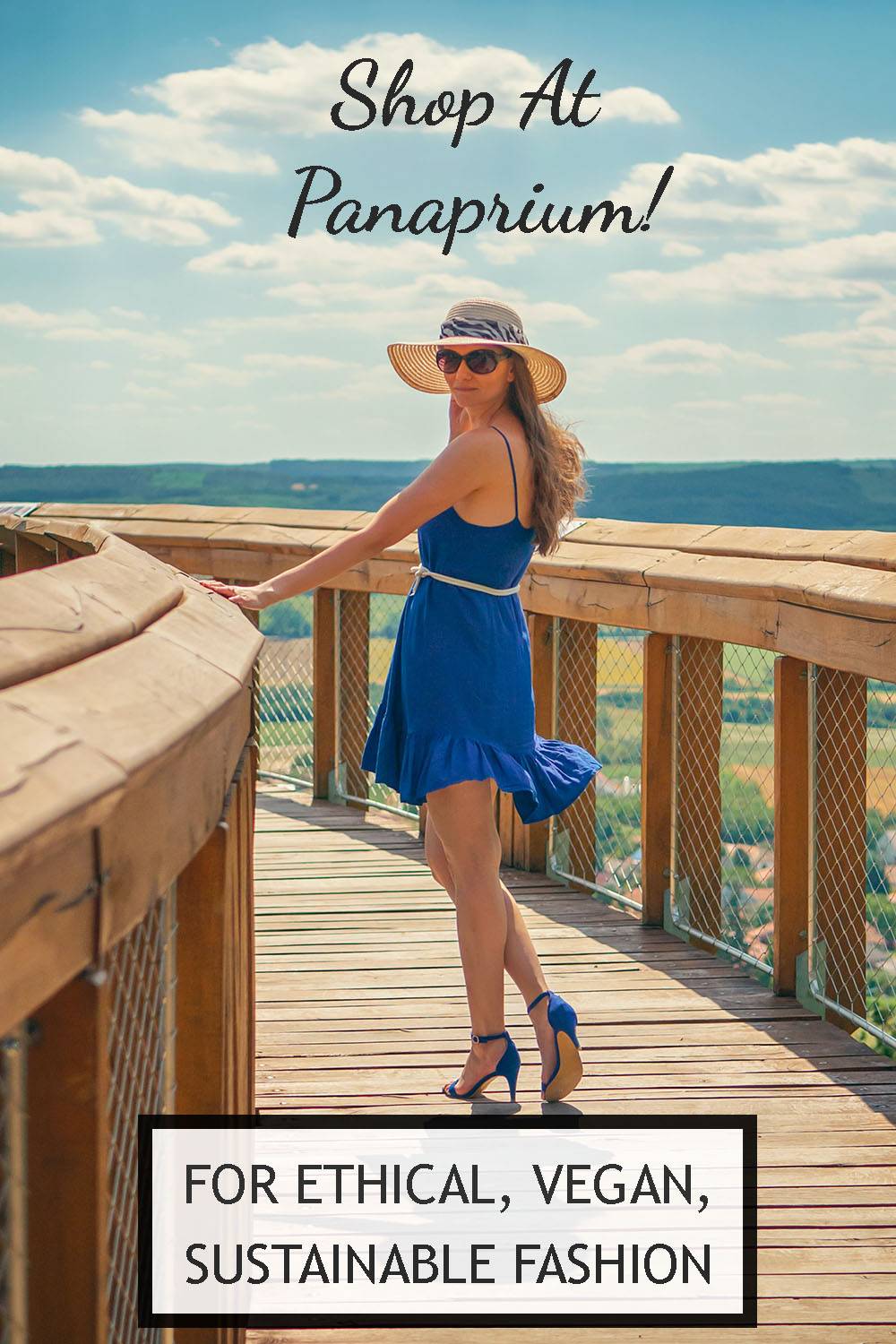



















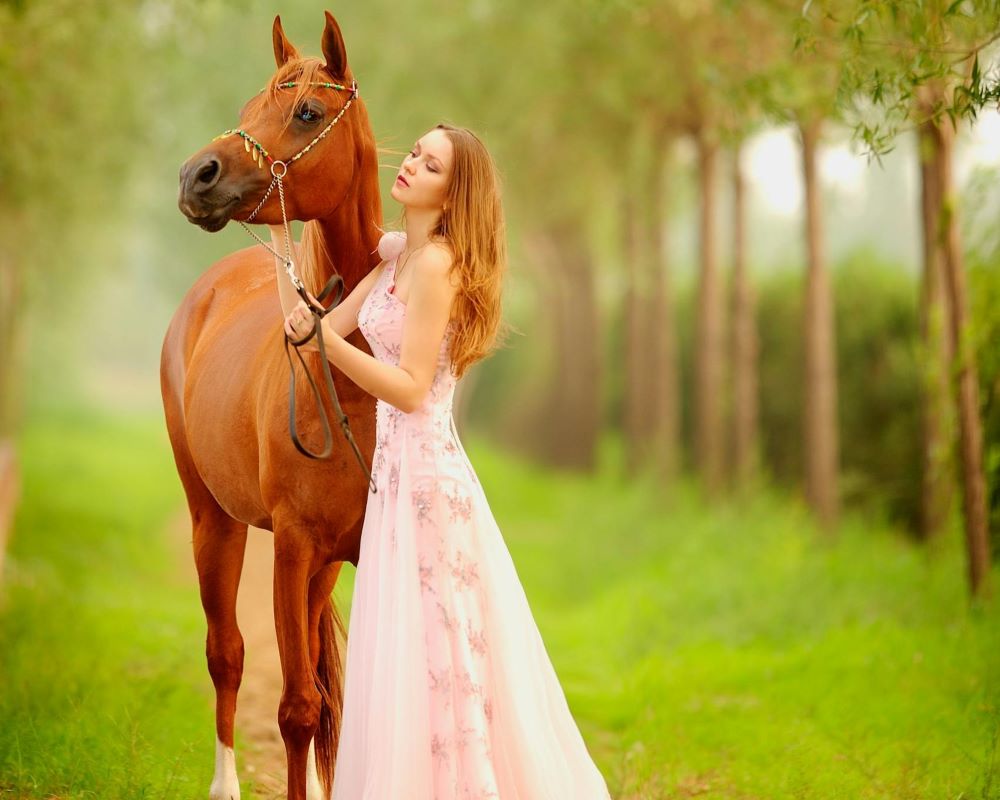



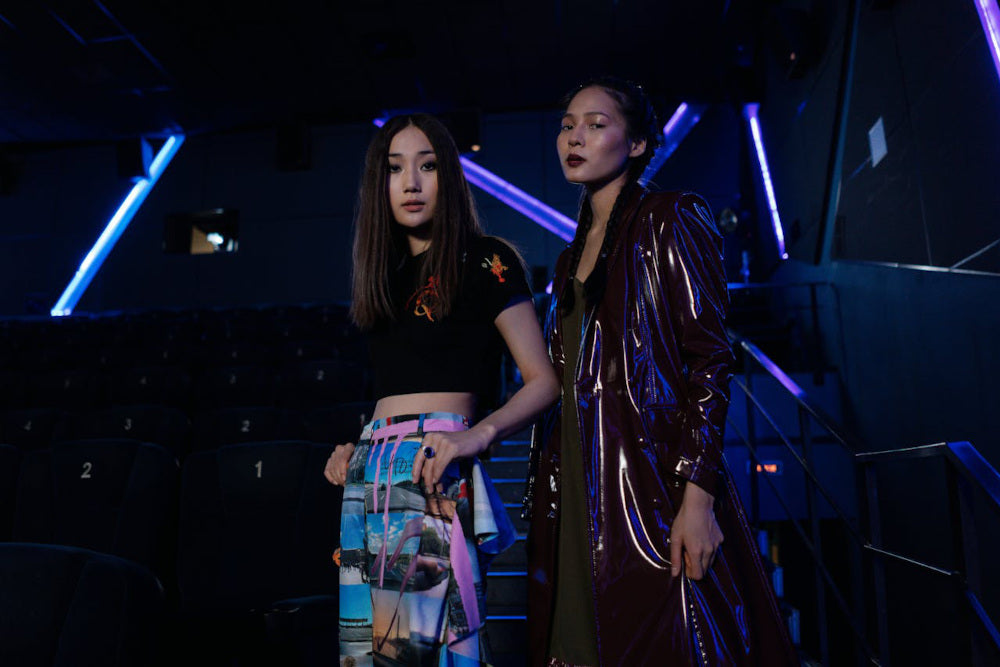
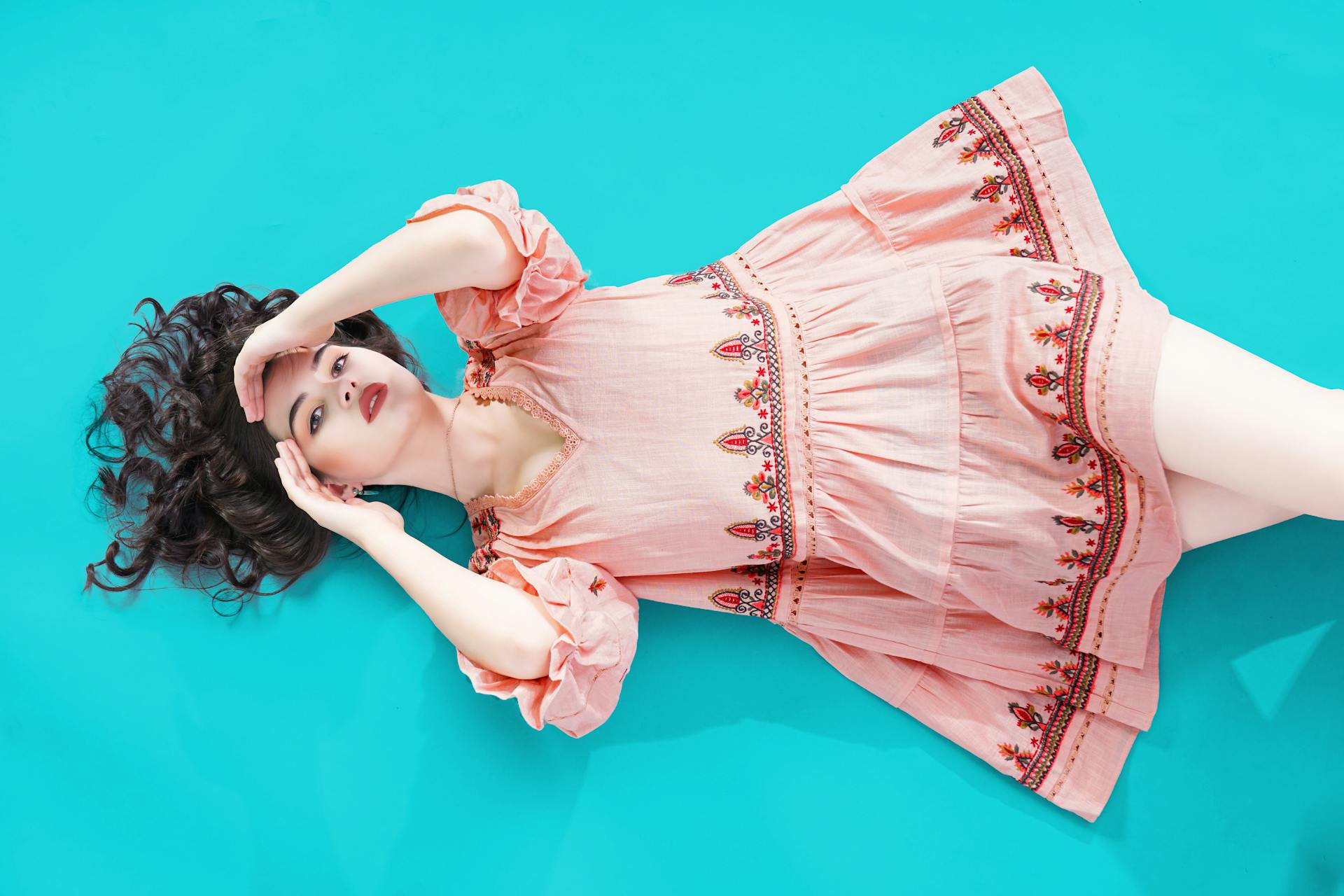

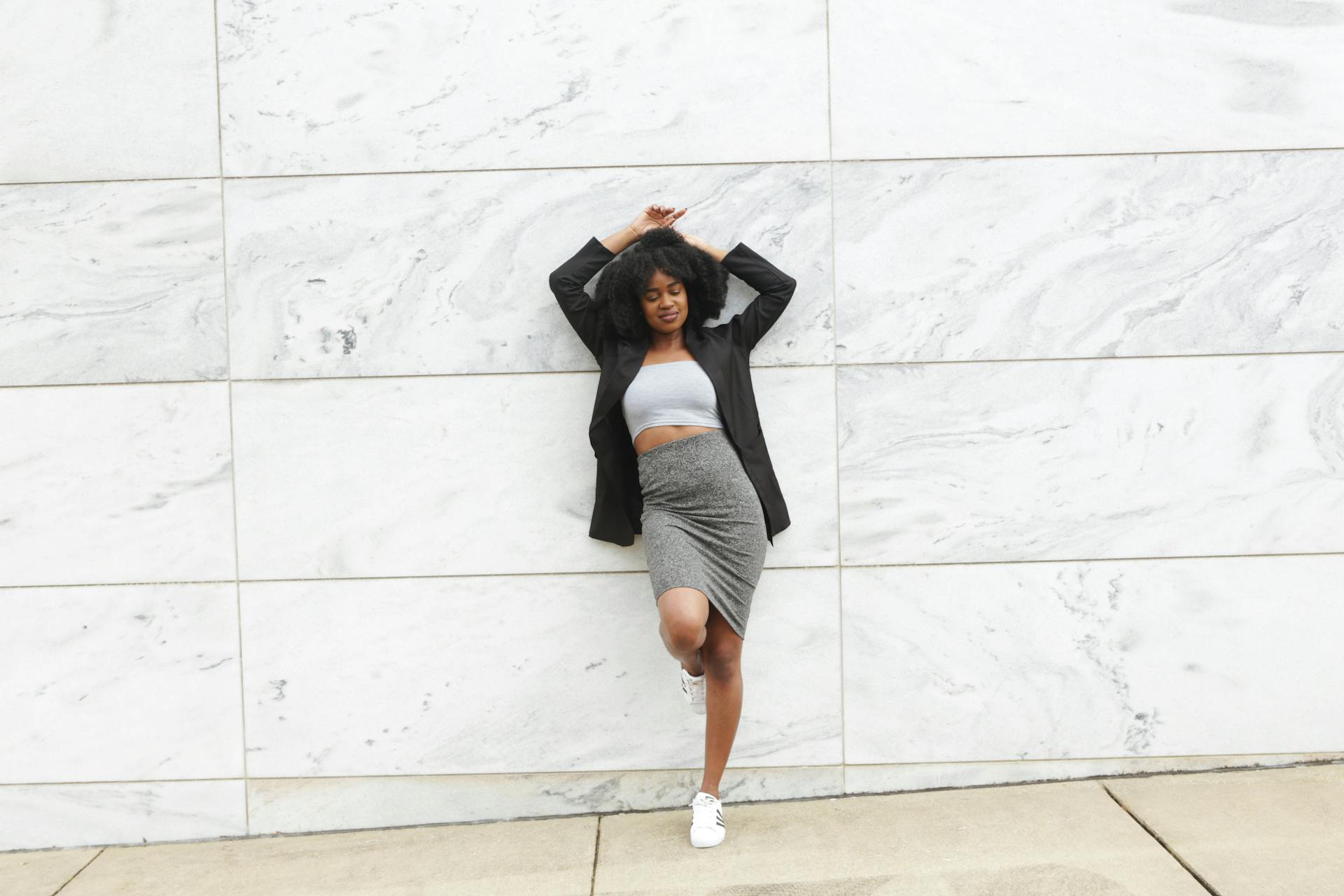
0 comments